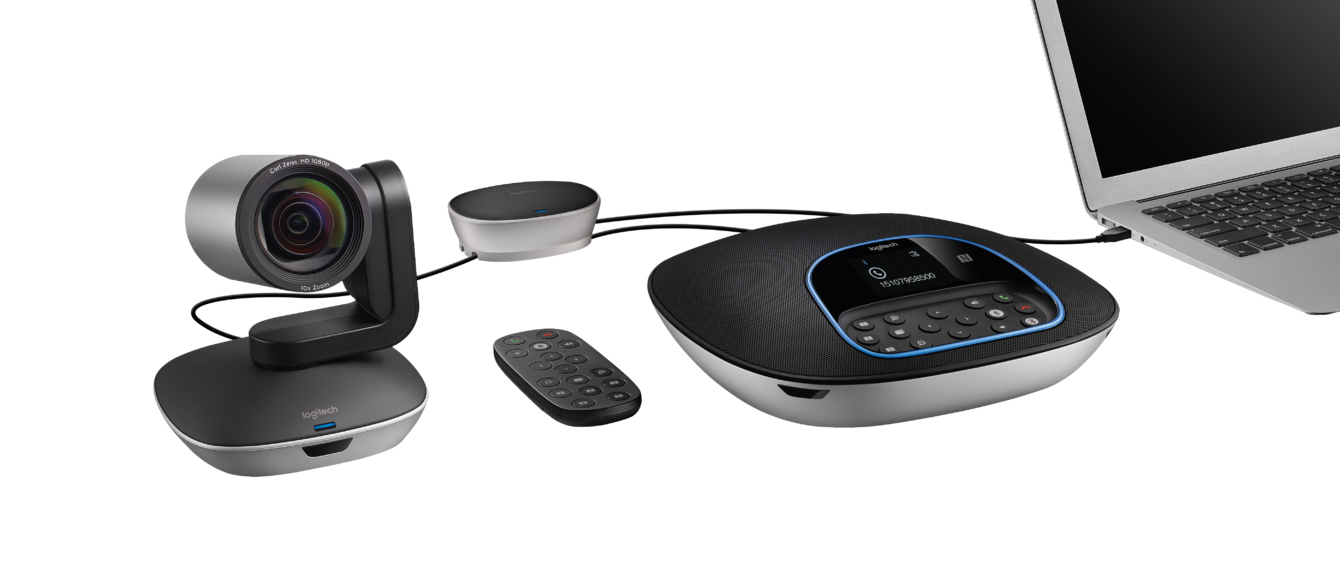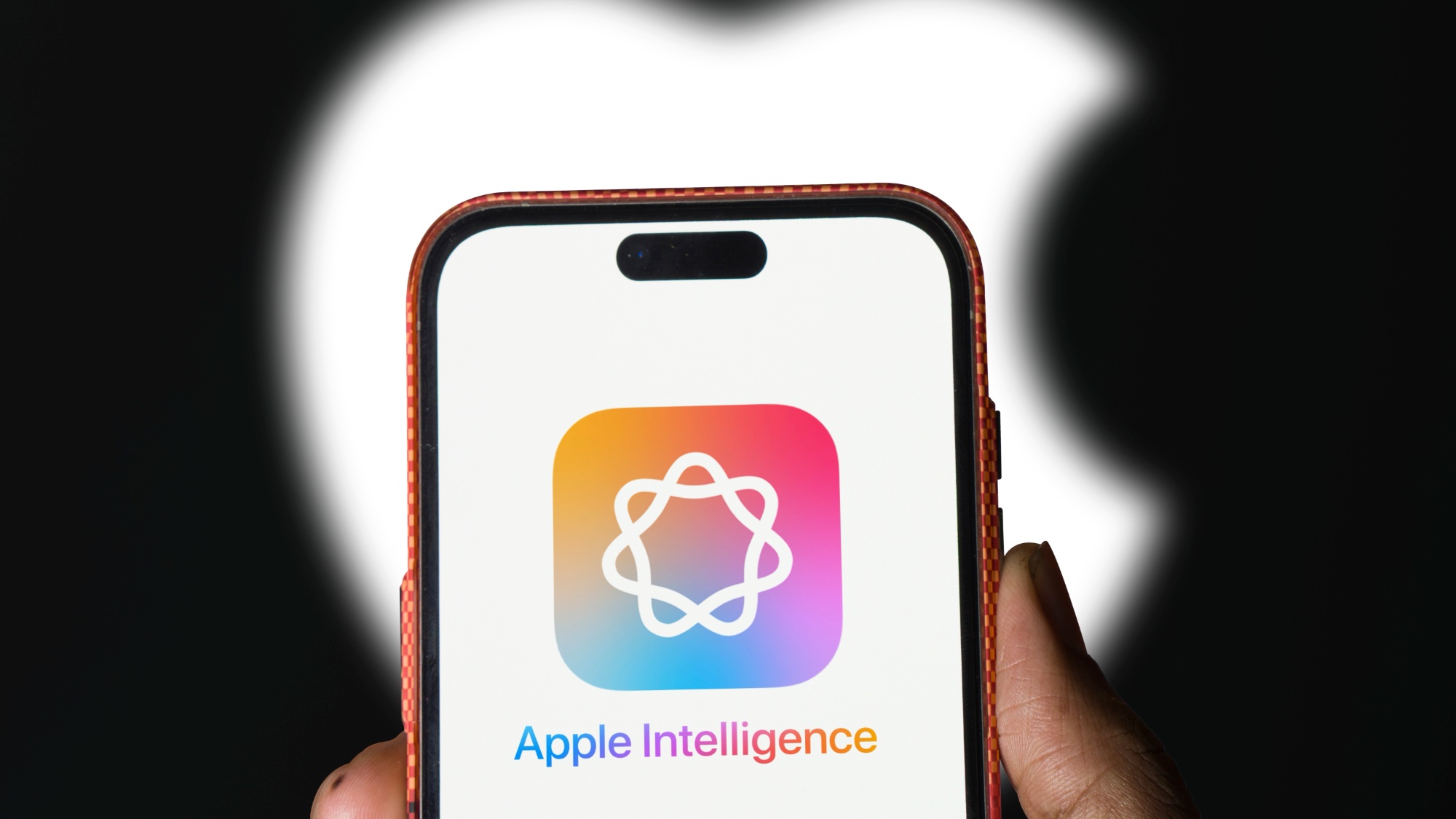Logitech Group System Cuts Video-Conference Cost, Hassle
The $999 Logitech Group video-conferencing setup has a 1080p camera and speakerphone and goes against high-end systems that costs thousands.
The way Logitech sees it, setting up a video-conferencing system for your office shouldn't be a choice between a high-end system that costs thousands of dollars and a laptop's built-in camera that everyone crowds around. The latest version of the company's conference-camera product, the $999 Logitech Group, combines an HD video camera and full-duplex speakerphone.

Slated for an early March release, Logitech Group is designed for conferences containing up to 14 people. Add a $300 set of optional expansion microphones to the setup, and you can fit 20 people in on a conference.
Those participating in a video conference will be staring at a 1080p camera with a 90-degree field of view and pan-and-tilt controls. On-board H.264 with scalable video coding aims to provide a smoother video stream, according to Logitech. The camera connects to an existing Mac or PC via USB, which should simplify installation.
MORE: 20 Best Productivity Apps
Logitech focuses on the hardware. In terms of software, Logitech Group works with video-conferencing tools your office is likely to already be using. Logitech says its latest conference camera works with Microsoft Lync, Skype, Jabber, WebEx and BlueJeans.
"We're trying to create a simple product that competes with higher-end options," said Scott Wharton, Logitech vice president and general manager for video collaboration.
Logitech Group replaces Logitech's previous conference-camera offering, the lyrically named CC3000e. This version promises audio improvements with four omnidirectional microphones instead of just one. The microphones use beamforming and noise-canceling technology for clearer conversations. That expansion microphone option is also new, increasing the range of the speakerphone to a 28-foot diameter from 20 feet.
I briefly got a chance to see the Logitech Group in action. Video looked clean and crisp, even when the camera zoomed in on something in the meeting room. I think offices will be just as impressed with the simple setup process, which is a matter of plugging in the camera and phone rather than going through an elaborate installation routine.
"You don't need an IT department," Wharton said of the setup process.
Sign up to get the BEST of Tom's Guide direct to your inbox.
Get instant access to breaking news, the hottest reviews, great deals and helpful tips.
Philip Michaels is a Managing Editor at Tom's Guide. He's been covering personal technology since 1999 and was in the building when Steve Jobs showed off the iPhone for the first time. He's been evaluating smartphones since that first iPhone debuted in 2007, and he's been following phone carriers and smartphone plans since 2015. He has strong opinions about Apple, the Oakland Athletics, old movies and proper butchery techniques. Follow him at @PhilipMichaels.

